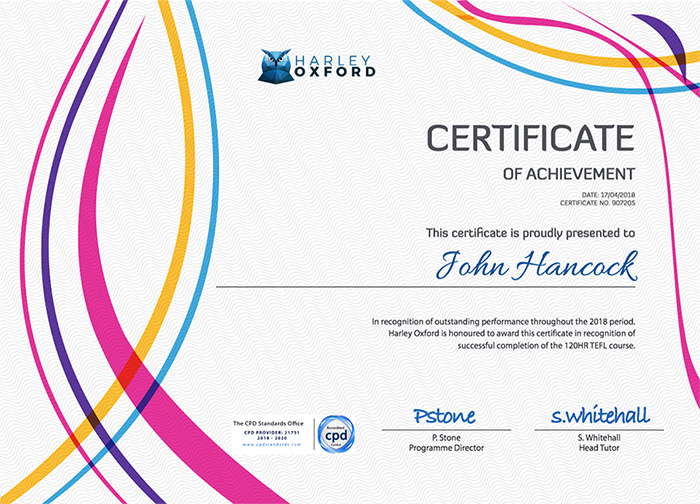تفاصيل الدورة
Robotics is an interdisciplinary field that combines elements of engineering, computer science, and mathematics to design, develop, and operate robots. These intelligent machines are capable of carrying out tasks autonomously or with minimal human intervention. Robotics encompasses various subfields, including mechanical design, electronics, artificial intelligence, control systems, and human-robot interaction.The primary objective of robotics is to create machines that can perform functions that are typically associated with human or animal behavior. These functions can range from simple repetitive actions to complex decision-making processes. Robots are designed to carry out tasks efficiently, accurately, and with a high degree of precision, often surpassing human capabilities in areas such as speed, strength, and endurance.
One of the key aspects of robotics is the integration of sensors, actuators, and computational algorithms. Sensors provide robots with the ability to perceive and understand their environment by gathering data from the surrounding physical world. Actuators, on the other hand, enable robots to interact with the environment, allowing them to manipulate objects or move through space. Computational algorithms, including artificial intelligence and machine learning techniques, enable robots to analyze sensor data, make decisions, and adapt their behavior accordingly.
Applications of robotics span across various domains, including industrial automation, healthcare, space exploration, agriculture, transportation, and entertainment. Industrial robots, for instance, are widely used in manufacturing processes to carry out repetitive tasks with high precision and efficiency. In healthcare, robots are employed for surgical procedures, rehabilitation therapies, and patient assistance. Autonomous vehicles and drones represent another significant application of robotics, revolutionizing transportation and logistics.
Furthermore, robotics plays a vital role in research and development, pushing the boundaries of technology and contributing to scientific advancements. It enables us to explore environments that are hazardous or inaccessible to humans, such as deep-sea exploration or extraterrestrial missions. Additionally, robotics intersects with fields like human-robot collaboration, where robots work alongside humans in shared workspaces, augmenting human capabilities and enhancing productivity.
As robotics continues to advance, researchers and engineers strive to create robots that are more intelligent, versatile, and capable of interacting with humans in natural and intuitive ways. This ongoing evolution of robotics promises to shape the future of industries, transform our daily lives, and open up new possibilities that were once confined to the realm of science fiction.
By registering for this course today, you will have the ability to access material that helps you to understand Robotics.
Course Modules
- A Brief Introduction to Robotics
- Classification of Robots
- Position and Orientation
- Direct Kinematics
- Inverse Kinematics
- Velocities, Statics and Dynamics
- Trajectory Planning
- Actuators in Robotics
- Sensors in Robotics
- Computer Science in Robotics—Search
نبذة عن معهد Harley Oxford
Welcome to Harley Oxford
With over 100,000 learners and over 1000 courses, Harley Oxford is one of the leading providers offering online courses.
Interested in learning a new skill or hobby?
- Harley Oxford courses are accessible from anywhere in the world
- Each course is compatible with computers, laptops, tablets and most smartphones
- Each course comes with a course tutor
- Access FREE CV support and job tips
Study a Harley Oxford course at your own pace, from the comfort of your own home, and work towards industry recognised awards that will add value to your CV.
With our range of courses always growing, it is safe to say that at Harley Oxford we have a passion for learning, and that is why we will always go that extra mile for you as well as making sure that you get the best customer services available. If you want to learn more about a course or if you want to find out what course is right for you, let us know.
View a range of our courses now.





